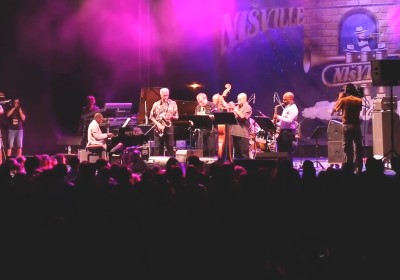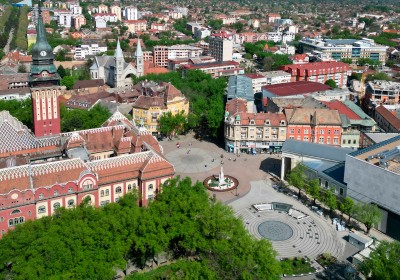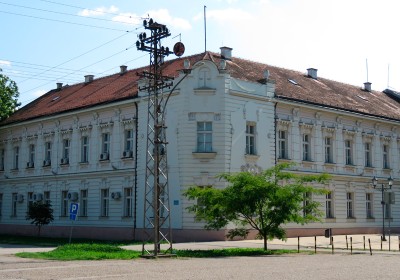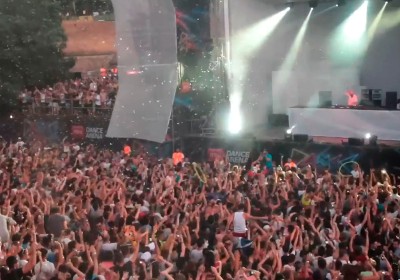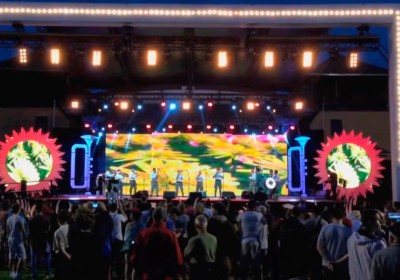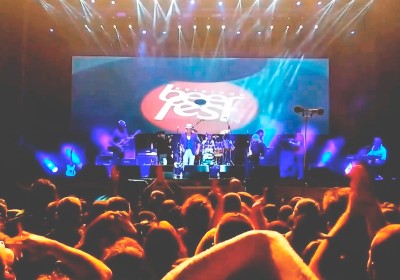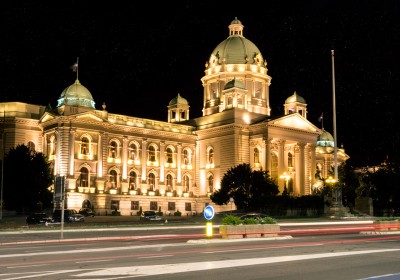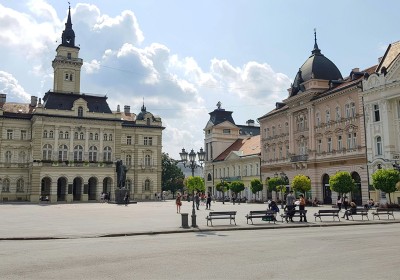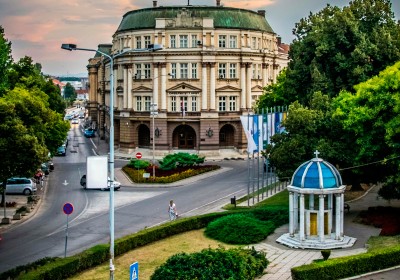Niš: From Roman Roots to Ottoman Fortresses
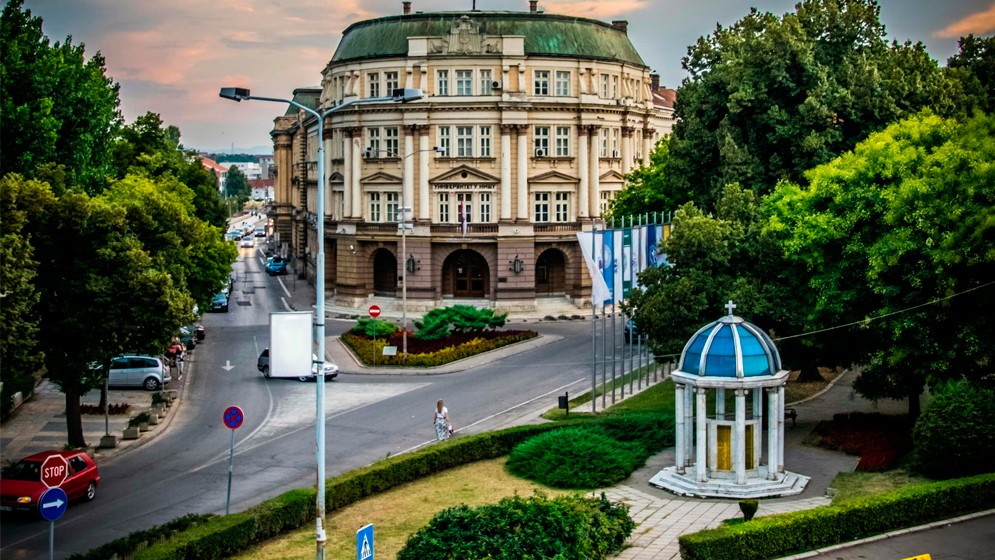
1. King Milan Square in Niš
Niš, the third-largest city in Serbia after Belgrade and Novi Sad, is a vibrant urban center nestled in the southeastern part of the country. With a population of around 183,000 in the city proper and 260,000 in the administrative area, it serves as the cultural, economic, commercial, and university hub for the region. Situated on the banks of the Nišava river, Niš occupies a strategic position at the crossroads of major routes connecting Europe with the Middle East, earning it the moniker “east/west gateway”.
The city’s rich history stretches back millennia, with evidence of human habitation dating to the middle Paleolithic period, some 100,000-30,000 years ago. Originally known as Naissus in Roman times, Niš is perhaps most famous as the birthplace of Constantine the Great, the Roman emperor who legalized Christianity in the 4th century. Throughout its long history, Niš has been ruled by various powers, including the Romans, Byzantines, Serbs, Bulgarians, and Ottomans, each leaving their mark on the city’s culture and architecture.
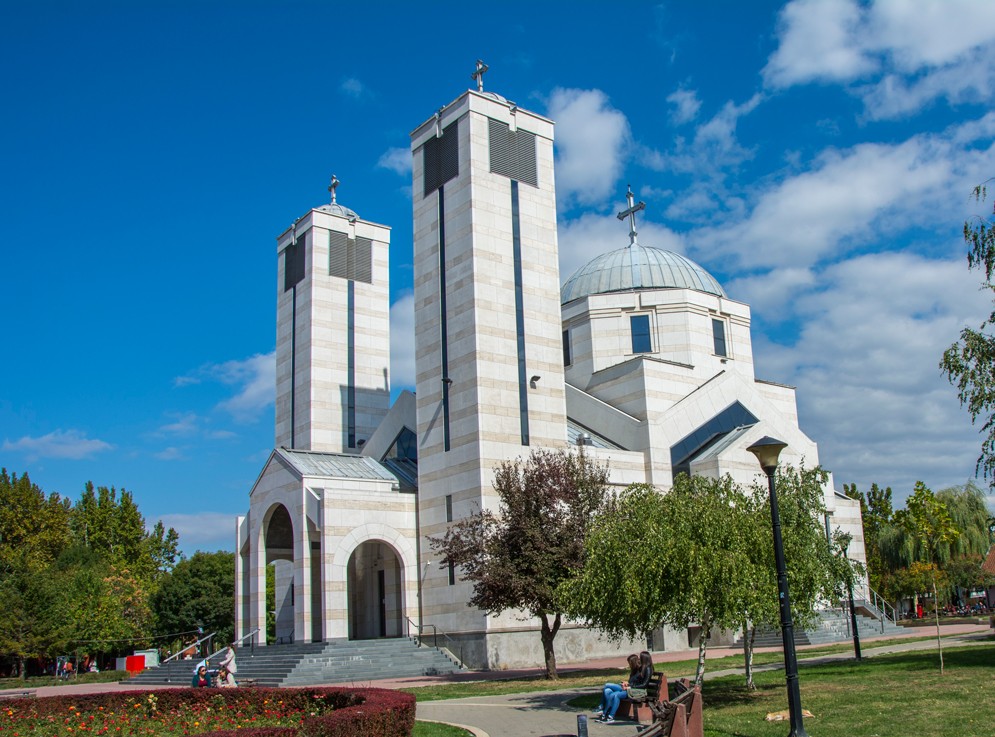
2. Church of Saint Emperor Constantine and Empress Helena
Today, Niš is a lively university city with a vibrant atmosphere, while also maintaining its historic character. Its strategic position as a crossroad continues to influence its modern development, making it a key commercial and transportation center in Serbia. The city is home to a thriving cultural scene, supported by institutions like the National Theatre, Public Library, and the National Museum, as well as a range of annual festivals that attract visitors from across the region. The city is home to the University of Niš, founded in 1965, which contributes significantly to its vibrant intellectual and cultural life. Niš is also an important industrial center, with a focus on electronics, mechanical engineering, and tobacco processing.
For travelers, Niš is easily accessible. The city has its own international airport, Constantine the Great, while Belgrade’s Nikola Tesla International Airport is about 230-250 kilometers away. The well-developed road and rail networks connect Niš to other major cities in Serbia and neighboring countries. Within the city, visitors will find a mix of wide boulevards, pedestrian zones, and charming old quarters, making it easy and pleasant to explore on foot.
Key Attractions in Niš
Niš boasts a wealth of historical and cultural attractions that reflect its rich and diverse heritage. From ancient Roman ruins to Ottoman-era monuments and modern memorials, the city offers visitors a fascinating journey through time. Here are some of the must-see sights in Niš.
1. Niš Fortress
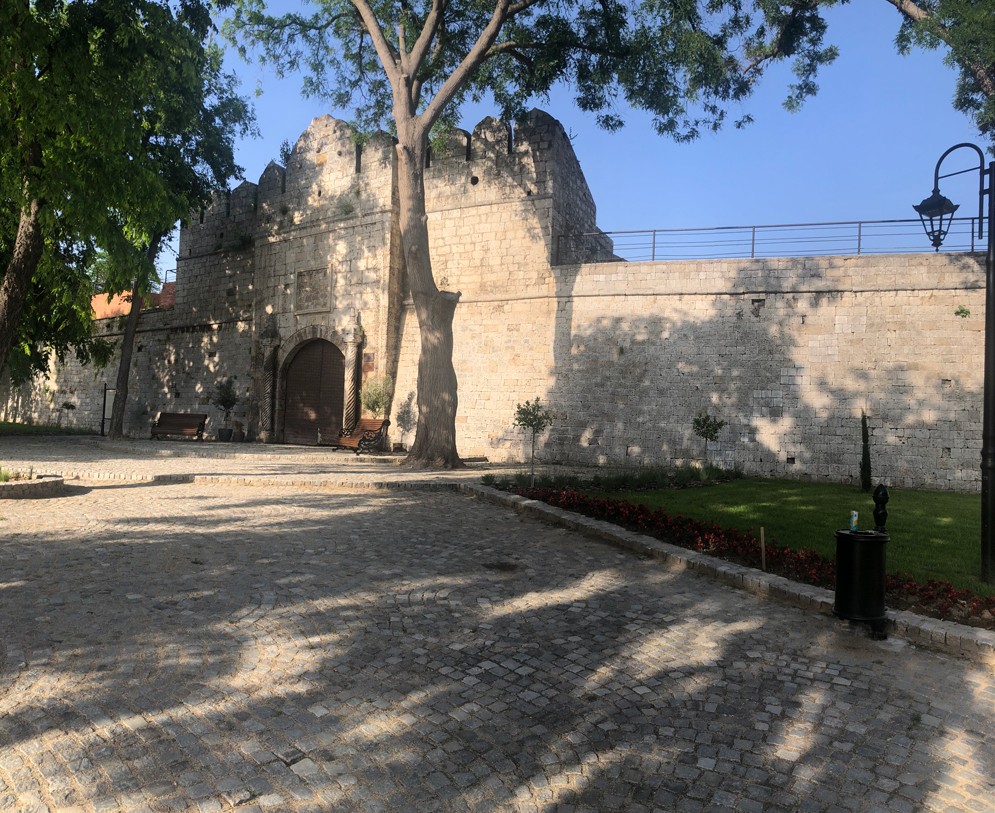
3. Niš Fortress
The crown jewel of Niš’s historical landmarks, this impressive fortress is one of the best-preserved Turkish fortifications in the Balkans. Built in the early 18th century, the fortress was constructed on the foundations of earlier Roman and Byzantine fortifications. It spans an area of 22 hectares on the right bank of the Nišava River. The fortress features massive stone walls up to 8 meters high and 3 meters thick, with a total length of 2,100 meters. Today, it serves as a beautiful park and cultural center, hosting events like the annual Nišville Jazz Festival. Visitors can explore various historical buildings within the fortress, including the Bali Bey Mosque, Turkish Bath, and Arsenal.
2. Skull Tower (Ćele Kula)
A unique and chilling symbol of Serbian resistance, the Skull Tower was built in 1809 by the Ottomans using the skulls of Serbian rebels who fought at the Battle of Cegar. Originally, the tower contained 952 skulls, but today only 59 remain preserved behind a chapel. This gruesome monument serves as a powerful reminder of the cost of the Serbian struggle for independence and continues to draw visitors for both its historical importance and its emotional impact.
3. Mediana
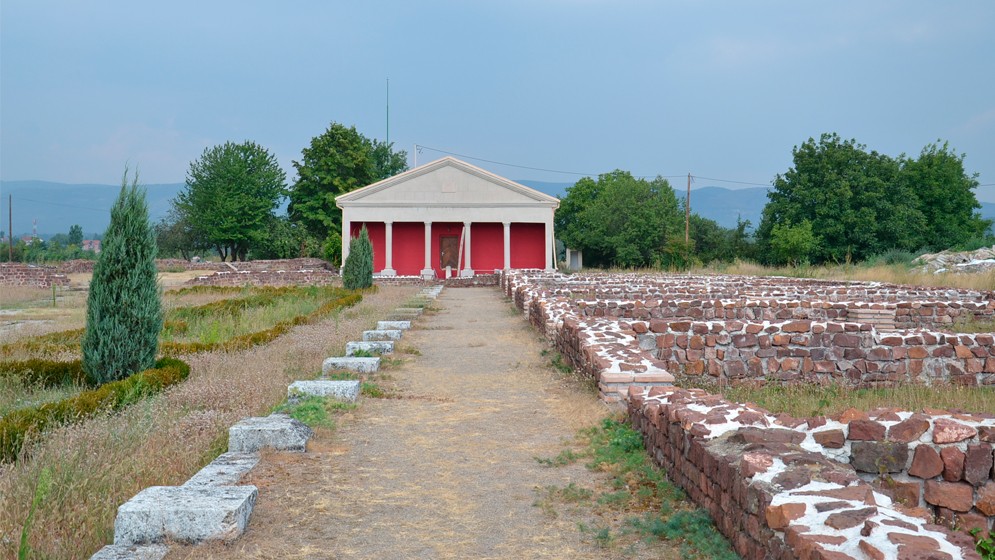
4. Mediana
Just outside the city center lies Mediana, a luxurious 4th-century Roman estate believed to be the residence of Emperor Constantine the Great. This archaeological site spans 40 hectares and includes the remains of a villa with peristyle, thermae (baths), granary, and water tower. The site has yielded numerous artifacts, including beautiful floor mosaics, which are now displayed in museums around Niš. Though currently under excavation, it remains one of the most important Roman sites in Serbia, offering a glimpse into the grandeur of the Roman Empire.
4. Red Cross Concentration Camp (Crveni Krst)
One of the few fully preserved Nazi concentration camps in Europe, this somber site now serves as a memorial museum. Operational from 1941 to 1944, the camp held Serbian, Jewish, and Romani prisoners. Today, visitors can tour the preserved buildings, view personal artifacts, and learn about the experiences of camp survivors through documented memories. The Red Cross Camp is a moving reminder of the atrocities of war and a place to honor the victims of the Holocaust and Nazi occupation.
5. Bubanj Memorial Park
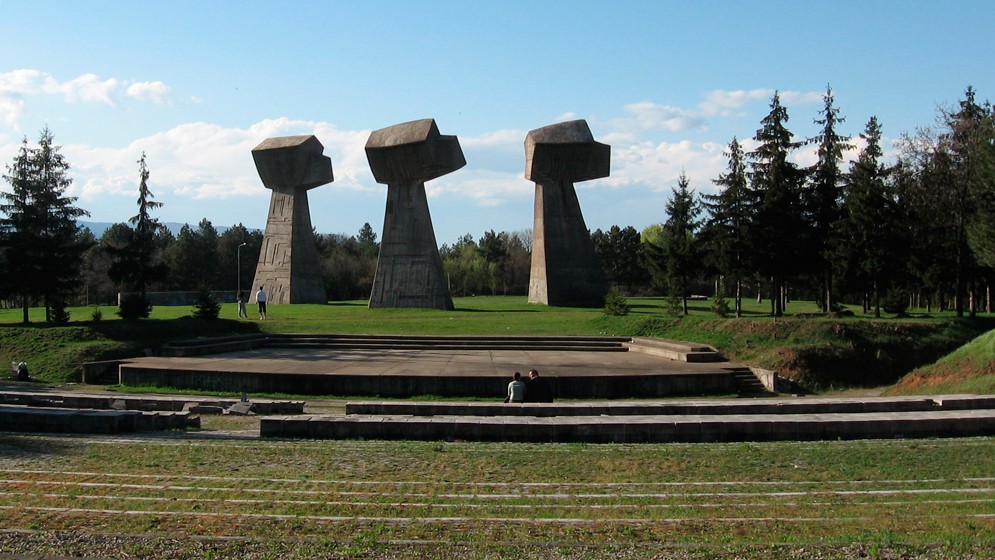
5. Bubanj Memorial Park
This memorial complex commemorates one of the largest World War II execution sites in Serbia. The park features a striking monument of three large fists – symbolizing men, women, and children – raised in defiance. A long marble relief nearby depicts scenes from the war. The site serves as a powerful tribute to the thousands of citizens from Niš and southern Serbia who were executed here during the Nazi occupation. The park is open to visitors at all times and offers a place for reflection on the city’s recent history.
6. Kazandžijsko Sokače (Tinkers’ Alley)
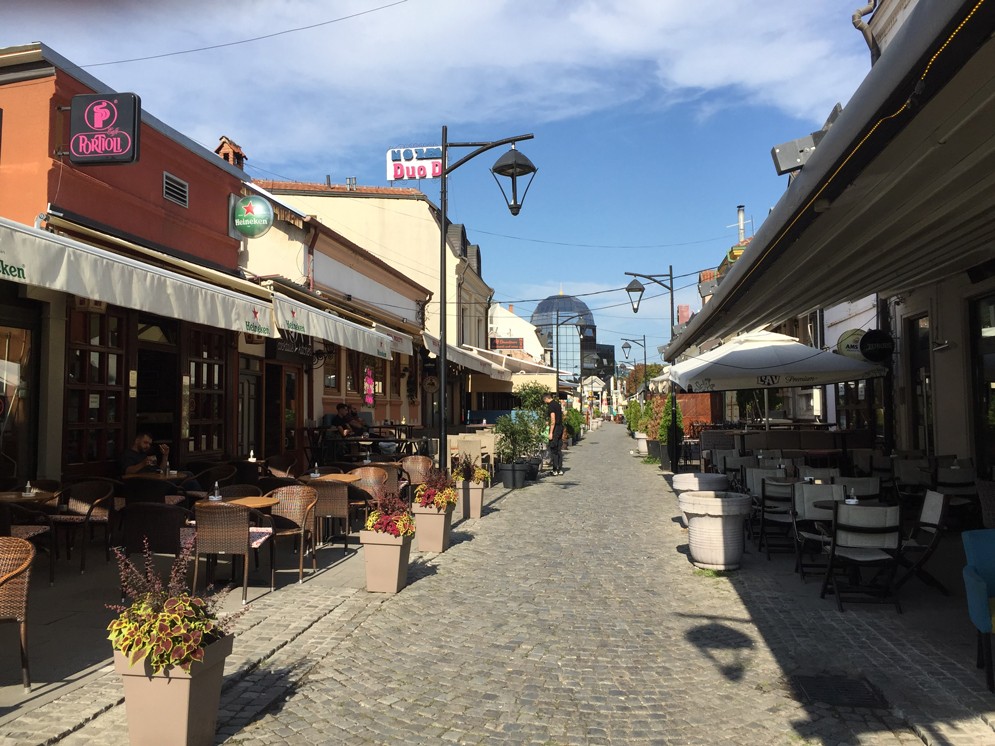
6. Kazandžijsko Sokače
Kazandžijsko Sokače, also known as Tinkers’ Alley, is a charming cobblestone street that brings visitors back to the Ottoman era. Once home to coppersmiths and other craftsmen, Kazandžijsko sokače now houses a variety of restaurants and cafes, making it a popular spot for both locals and tourists. The street, officially named Kopitareva, is known for its traditional architecture and cobblestone pathways. A notable feature is the bronze statue of famous Serbian writer Stevan Sremac and his literary character Kalča, sitting at a table as if enjoying a drink together. This picturesque area offers visitors a glimpse into the city’s past while enjoying modern amenities.
7. King Milan Square and Obrenovićeva Street
The heart of Niš’s city life, King Milan Square is the central hub from which the main pedestrian zone, Obrenovićeva Street, extends. The square features the “Liberator” monument, erected in 1937 to commemorate Serbia’s victories in the Balkan Wars and World War I. Obrenovićeva Street, stretching from the square towards the fortress, is lined with shops, cafes, and restaurants. This bustling area is perfect for shopping, people-watching, or simply soaking in the vibrant atmosphere of Niš.
8. Cegar Hill
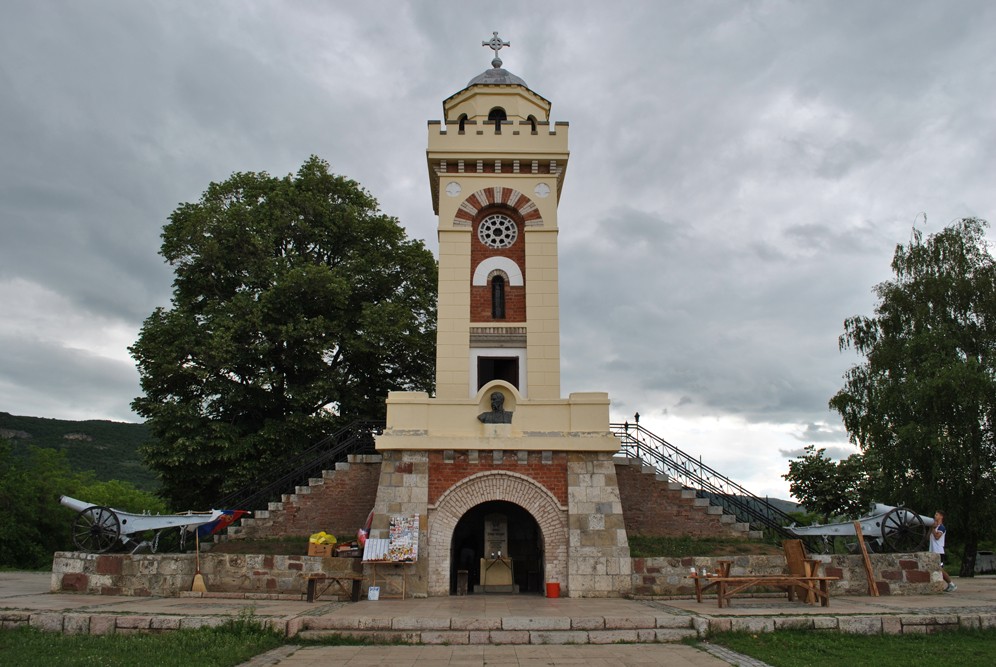
7. Čegar Hill Chapel on Čegar Hill
Located about 7 km from the city center, Cegar Hill is the site of a significant battle in Serbia’s struggle for independence from Ottoman rule. In 1809, during the First Serbian Uprising, Serbian rebels led by Stevan Sinđelić fought against the Ottoman army here. When defeat seemed inevitable, Sinđelić fired at his gunpowder storage, sacrificing himself and his men to avoid capture. A monument erected in 1927 now stands at the site, honoring the bravery of Sinđelić and his troops. The hill offers panoramic views of Niš and the surrounding countryside.
9. Monument to the Liberators of Niš
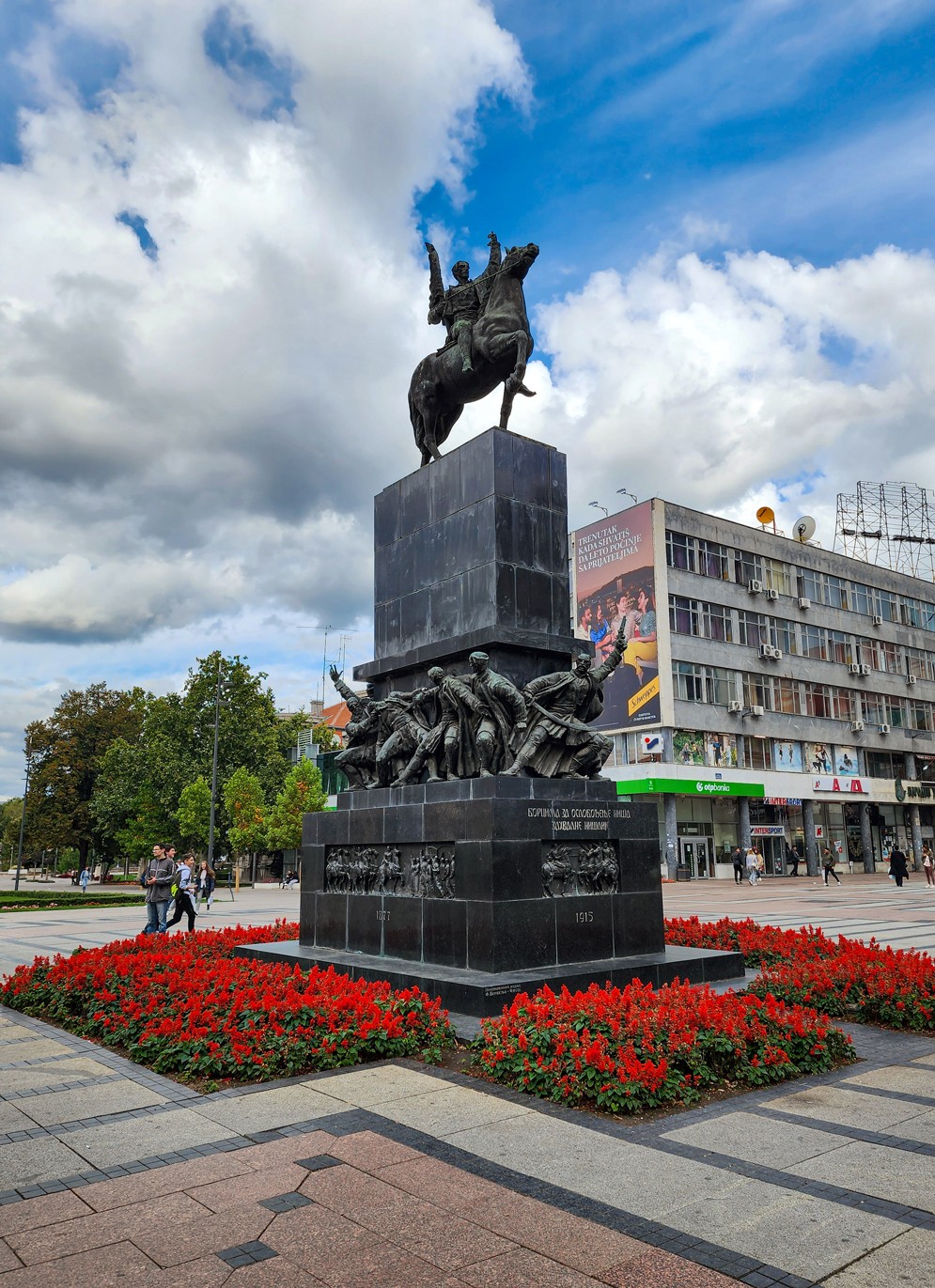
8. Monument to the Liberators of Niš
This impressive monument, located in King Milan Square, was unveiled in 1937 to commemorate the liberation of Niš from Ottoman rule in 1878 and the city’s role in the Balkan Wars and World War I. The bronze sculpture features figures representing victory, freedom, and the Serbian soldier. At the base of the monument are relief scenes depicting key moments from these conflicts. This centrally located memorial serves as a focal point for the city and a reminder of Niš’s role in Serbia’s fight for independence and unification.
10. Niška Banja (Niš Spa)
Situated about 10 km east of Niš city center, Niška Banja is a popular spa resort known for its hot springs and healing waters. The spa’s mildly radioactive thermo-mineral waters, with temperatures ranging from 36°C to 39°C, are said to be beneficial for various health conditions. The area features several hotels, rehabilitation centers, and recreational facilities. Visitors can enjoy treatments, relax in the peaceful surroundings, or explore the nearby Sićevo Gorge. Niška Banja offers a perfect retreat for those looking to combine wellness with their city exploration, showcasing another facet of what the Niš region has to offer.
Other Information for Travelers
Niš offers a rich cultural life that extends beyond its historical sites. The city is home to numerous cultural institutions, including the National Theatre, Public Library, National Museum, Symphony Orchestra, and Puppet Theatre. These venues regularly host performances and exhibitions, providing visitors with opportunities to experience contemporary Serbian culture.
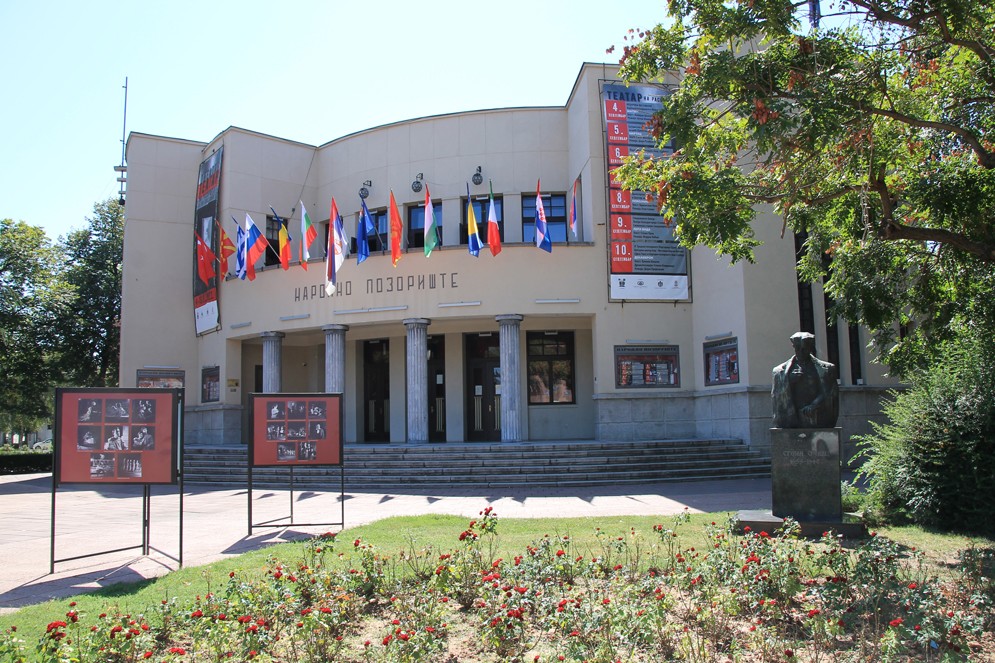
9. National Theatre
For music enthusiasts, Niš hosts several notable festivals throughout the year. The most famous is the Nišville Jazz Festival, held annually in August within the atmospheric setting of the Niš Fortress. Other cultural events include the Film Festival of Actors’ Achievements, the Choral Festival, and the International Festival of Amateur Choirs. Art lovers might be interested in the Sićevo Art Colony, the oldest of its kind in Serbia, which takes place in the nearby Sićevo Gorge.
Niš is well-connected for travelers. The city has its own international airport, Constantine the Great, which offers flights to several European destinations. For those coming from Belgrade, there are frequent bus and train connections, with the journey taking around 2.5 to 4 hours depending on the mode of transport. Within the city, a network of bus lines serves most areas of interest. Visitors can purchase bus tickets at kiosks throughout the city.
For those seeking relaxation, Niš offers several options. The city’s central park, Čair, features sports facilities, swimming pools, cafes, and restaurants, making it a popular spot for locals and tourists alike. Nature enthusiasts can explore the nearby Sićevo Gorge, known for its beautiful landscapes and outdoor activities. Additionally, several picnic sites in the vicinity of Niš provide opportunities for day trips and enjoying the local countryside.

10. Ambasador Hotel in Niš
Niš is known for its hearty local cuisine, influenced by its long history and strategic position. While exploring the city, visitors should take the opportunity to try local specialties in traditional restaurants, particularly in the Kazandžijsko sokače area. The city also has a vibrant cafe culture, with numerous establishments along Obrenovićeva Street and in the city center offering places to relax and enjoy local life.
By combining historical exploration with modern comforts, dining, and cultural events, Niš offers a well-rounded experience for travelers of all types. Its strategic location as a crossroads between East and West has shaped its identity for centuries, making it a place of both historical significance and contemporary energy. Whether you’re attending a festival, enjoying the local cuisine, or soaking in the spa, the city provides something for everyone.
- Photo by Nenad Savic on Pexels
- DjordjeMarkovic, CC BY-SA 4.0, via Wikimedia Commons
- Драган Цветковић Ниш - сопствена слика, CC BY-SA 4.0, via Wikimedia Commons
- Pudelek (Marcin Szala), CC BY-SA 3.0 RS, via Wikimedia Commons
- FriedrickMILBarbarossa, Public domain, via Wikimedia Commons
- Intermedichbo - Dr Milorad Dimić, Serbia, CC BY-SA 4.0, via Wikimedia Commons
- Scarix, CC BY-SA 3.0, via Wikimedia Commons
- Ynhockey, CC BY-SA 4.0, via Wikimedia Commons
- Ванилица, CC BY-SA 4.0, via Wikimedia Commons
- Stills adapted from the video "Walking in NIS / Serbia ????????- 4K 60fps (UHD)" published on the YouTube channel "POPtravel channel". Video created by Daniel Sczepansky. Original video licensed under CC-BY-SA. Modifications include cropping and color adjustment.
